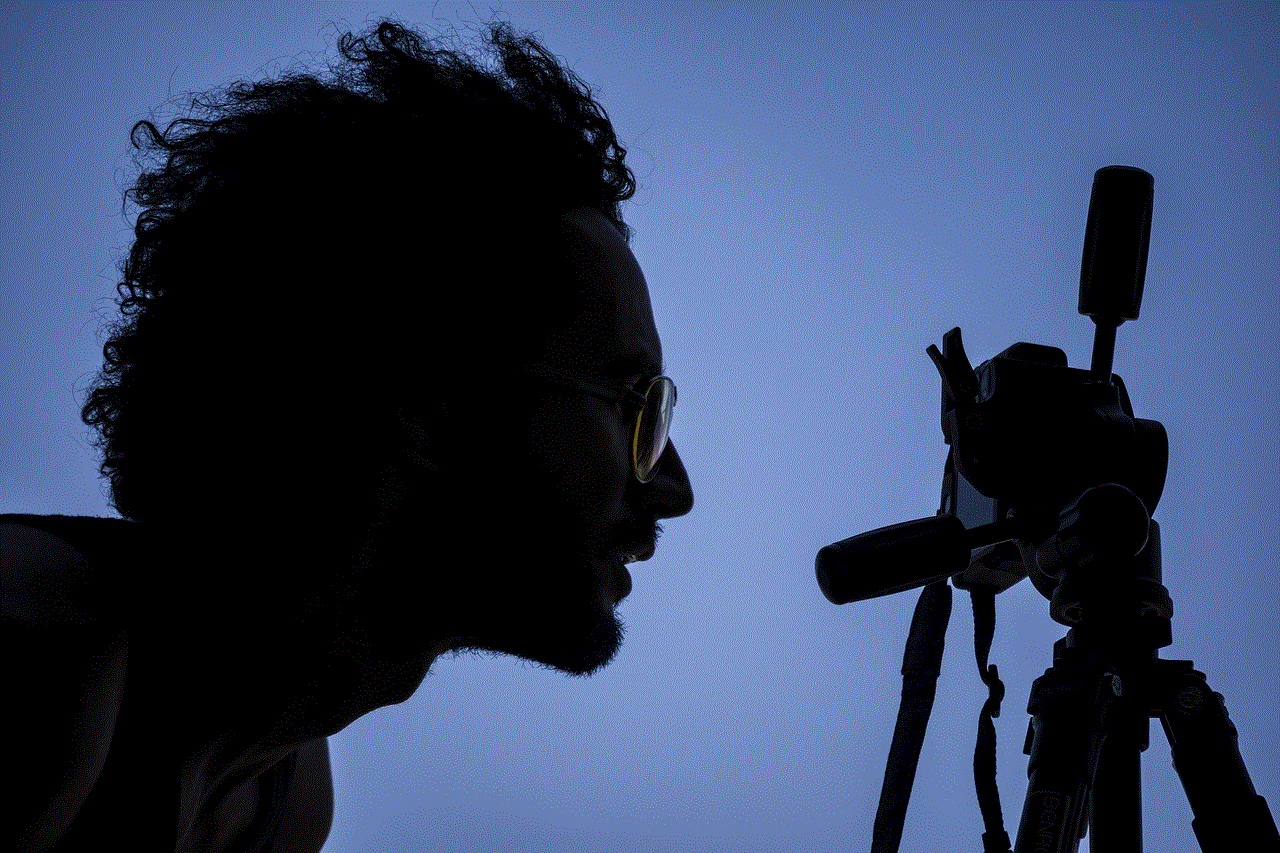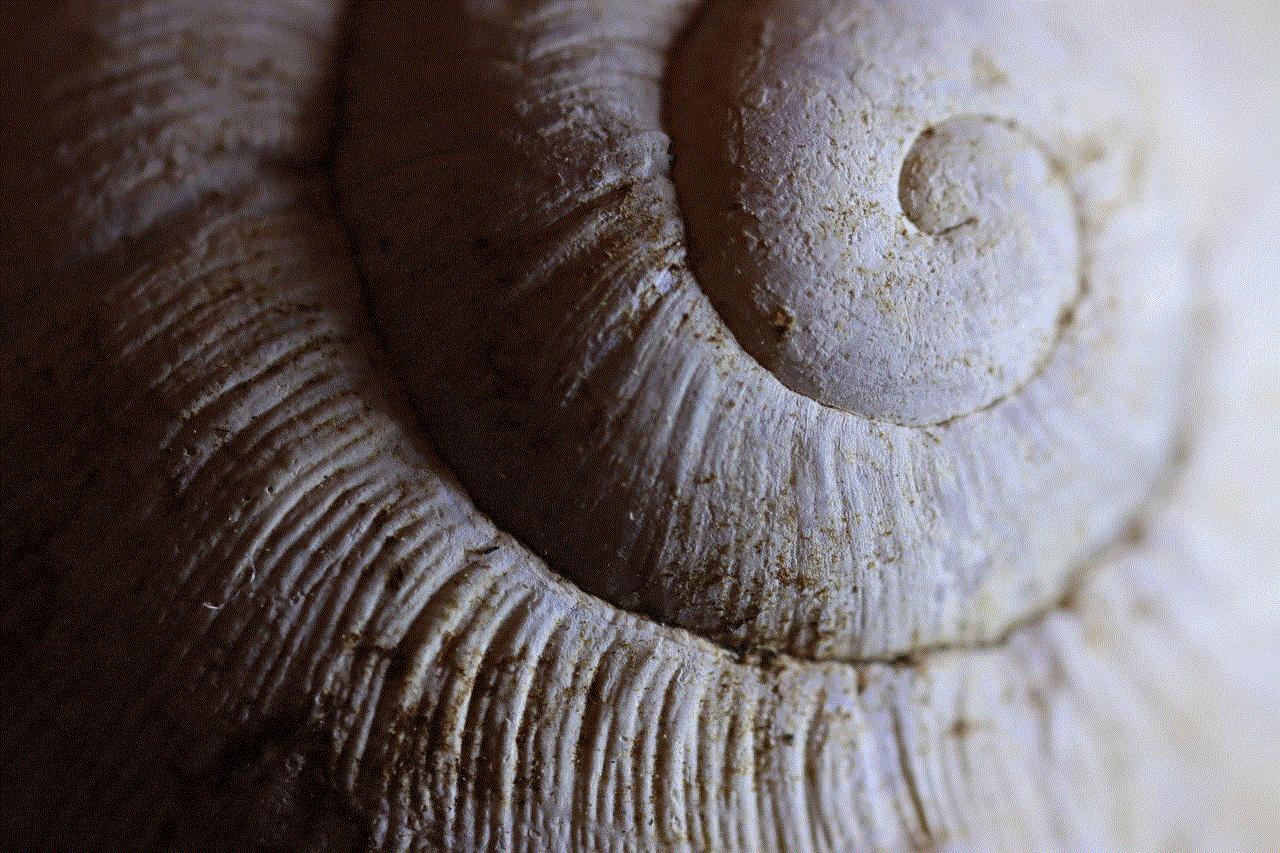how does phonerescue work
In today’s digital age, our smartphones have become an integral part of our lives. From storing important documents to capturing precious memories, our phones hold a vast amount of data that is essential to us. However, with the increasing use of smartphones, the risk of losing this data has also increased. Accidental deletion, software malfunction, or even a lost or stolen phone can leave us feeling helpless and anxious. This is where a data recovery tool like PhoneRescue comes in. In this article, we will explore how PhoneRescue works and how it can help you recover your lost data.
What is PhoneRescue?
PhoneRescue is a data recovery software developed by iMobie Inc. It is designed to retrieve lost or deleted data from iOS and Android devices. The software is compatible with a wide range of devices, including iPhone, iPad, iPod touch, Samsung, Huawei, and Google Pixel. It can recover various types of data, such as photos, videos, contacts, messages, call logs, and more. PhoneRescue is available for both Windows and Mac users, making it accessible to a broader audience.
How Does PhoneRescue Work?
PhoneRescue uses advanced algorithms to scan your device and retrieve the lost data. The software works by accessing the device’s internal memory and scanning for any deleted or lost files. It then restores these files and saves them to your computer , making them accessible once again.
Step 1: Download and Install PhoneRescue
The first step to using PhoneRescue is to download and install the software on your computer . You can visit the official website of PhoneRescue and download the software for your specific platform. Once downloaded, follow the installation instructions and launch the software.
Step 2: Connect Your Device to the Computer
Connect your iPhone or Android device to the computer using a USB cable. Make sure to unlock your device and trust the computer if prompted. PhoneRescue will detect your device and display it on the screen. You can choose to recover data from either the device itself or an iTunes/iCloud backup.
Step 3: Choose the Type of Data to Recover
After your device is connected, you will be prompted to choose the type of data you want to recover. You can select from a list of options, including photos, videos, messages, contacts, call logs, and more. You can also select all types of data if you are unsure of what you need to recover.
Step 4: Scan Your Device
Once you have selected the type of data to recover, PhoneRescue will start scanning your device. The scanning process may take a few minutes, depending on the amount of data on your device. You can also choose to pause or stop the scan at any time.
Step 5: Preview and Recover Your Data
After the scan is complete, PhoneRescue will display all the recoverable data on your device. You can preview the data and select the specific files you want to recover. Once you have made your selection, click on the “Recover” button, and PhoneRescue will restore the data to your computer.
Why Choose PhoneRescue?
There are many data recovery tools available in the market today, so what sets PhoneRescue apart? Here are some reasons why you should choose PhoneRescue for your data recovery needs:
1. User-friendly Interface
PhoneRescue has a simple and intuitive interface that makes it easy for anyone to use, even for those with no technical background. The software guides you through the recovery process step-by-step, making it a hassle-free experience.
2. Comprehensive Data Recovery
PhoneRescue is capable of recovering a wide range of data, including photos, videos, contacts, messages, call logs, and more. It can also recover data from various sources, such as the device itself, iTunes backup, and iCloud backup.
3. Fast and Efficient
PhoneRescue uses advanced algorithms to scan and recover data from your device quickly and efficiently. The software also allows you to pause or stop the scan at any time, giving you more control over the recovery process.
4. Safe and Secure
Privacy is always a concern when it comes to data recovery. PhoneRescue ensures the safety and security of your data by using a secure connection and encrypting the recovered files.
5. Free Trial and Money-back Guarantee
PhoneRescue offers a free trial for users to test out the software before making a purchase. The company also offers a 60-day money-back guarantee if you are not satisfied with the software’s performance.
Tips to Improve Data Recovery Success
While PhoneRescue is a powerful data recovery tool, there are a few tips you can follow to improve your chances of a successful recovery:
1. Stop Using Your Device
If you have accidentally deleted or lost data on your device, it is crucial to stop using it immediately. Continued use of the device may overwrite the deleted data, making it impossible to recover.
2. Back up Your Data Regularly
To avoid losing important data, it is essential to back up your device regularly. This way, if any data loss occurs, you can easily restore it from the backup.
3. Use Airplane Mode
If you have lost data due to a software malfunction or a virus attack, it is advisable to put your device on airplane mode to prevent any further damage.
4. Do Not Restore from Backup Immediately



If you have a backup of your device, it may be tempting to restore it immediately after data loss. However, this may overwrite the deleted data, making it impossible to recover. It is best to recover the data first and then restore the backup.
Final Thoughts
In conclusion, PhoneRescue is a reliable and efficient data recovery software that can help you retrieve your lost or deleted data from your iOS or Android device. Its user-friendly interface, fast performance, and comprehensive data recovery make it a top choice for many users. So, if you have lost your valuable data, do not panic. Download PhoneRescue and let it work its magic to recover your data and put your mind at ease.
most popular asmr triggers
ASMR, or Autonomous Sensory Meridian Response, has gained immense popularity over the years. It refers to a tingling sensation that starts at the scalp and travels down the back of the neck and spine, often accompanied by a feeling of relaxation and euphoria. This sensation is triggered by specific audio or visual stimuli, and can be experienced by individuals in different ways. ASMR has become a phenomenon on the internet, with millions of people seeking out videos and content that can induce this tingling sensation. In this article, we will explore some of the most popular ASMR triggers and how they work.
1. Whispering and Soft Talking
Whispering and soft talking is one of the most common ASMR triggers. This is because our brains are wired to respond positively to soft and gentle sounds. When someone speaks softly or whispers, it can create a relaxing and calming effect, leading to the release of feel-good hormones such as oxytocin and serotonin. Many ASMRtists (ASMR content creators) use this trigger in their videos, often combining it with other triggers for a more effective experience.
2. Tapping and Scratching
Tapping and scratching sounds can also trigger ASMR for many individuals. This trigger involves creating repetitive sounds by tapping or scratching on various objects such as books, wooden blocks, or even a keyboard. The gentle and rhythmic nature of these sounds can be soothing and induce a tingling sensation in some people.
3. Personal Attention
Personal attention is one of the key elements of ASMR. Many people find it relaxing and comforting to have someone focus their attention on them, even if it is through a screen. This can include virtual haircuts, makeup tutorials, or role-playing scenarios where the ASMRtist pretends to interact with the viewer. This trigger can be highly effective for those seeking a more personal and intimate ASMR experience.
4. Role-Playing
Role-playing has become increasingly popular in the ASMR community. This trigger involves the ASMRtist pretending to be in a specific role or scenario, such as a hairdresser, a doctor, or a hotel receptionist. By using props and sound effects, the ASMRtist creates a realistic and immersive experience for the viewer, often leading to a tingling sensation.
5. Eating Sounds
Eating sounds may seem strange to some, but for many, it is a powerful ASMR trigger. The sounds of chewing, crunching, and slurping can create a sense of relaxation and satisfaction. Some people find these sounds reminiscent of childhood memories or comforting family meals. ASMR videos featuring eating sounds often involve the ASMRtist whispering or softly talking while eating different types of food, creating a sense of closeness and intimacy.
6. Visual Triggers
While ASMR is primarily an auditory experience, visual triggers can also play a significant role. Many people find certain hand movements, gestures, or facial expressions visually stimulating, leading to a tingling sensation. Some ASMR videos feature the ASMRtist’s hands as they perform tasks such as folding towels, arranging objects, or playing with slime, while others focus on close-up shots of the ASMRtist’s face as they whisper or make different facial expressions.
7. ASMR Sounds



ASMR sounds refer to specific sounds that are known to trigger ASMR. These can include the sound of rain, rustling leaves, fire crackling, or even the sound of pages turning in a book. These sounds can evoke a sense of nostalgia or calmness, leading to a tingling sensation. ASMRtists often use these sounds in their videos, either naturally or by recreating them using objects or sound effects.
8. White Noise
White noise refers to a constant and consistent sound that can mask other sounds and create a sense of calmness. This can include the sound of a fan, a hairdryer, or a rainstorm. Many people find white noise to be a highly effective ASMR trigger, as it can drown out any distractions and create a peaceful environment for relaxation.
9. Binaural Beats
Binaural beats are specific sound frequencies that can induce a state of relaxation and calmness when listened to through headphones. These beats work by playing slightly different frequencies in each ear, creating a pulsing sensation that can alter brainwave activity. Many ASMRtists use binaural beats in their videos to enhance the overall ASMR experience and help induce a tingling sensation.
10. Virtual Spa and Massage
Spa and massage ASMR videos have gained immense popularity in recent years. These videos often feature soft lighting, soothing music, and gentle hand movements that mimic the movements of a massage therapist. The combination of visual and auditory triggers can create a deeply relaxing experience for viewers, leading to a tingling sensation. These videos often feature role-playing scenarios, where the ASMRtist pretends to provide a spa or massage experience for the viewer, making it a highly personal and intimate ASMR experience.
In conclusion, ASMR has become a global phenomenon, with millions of people seeking out triggers that can induce a tingling sensation and a sense of relaxation. While there are countless triggers that can trigger ASMR, the ones mentioned above are some of the most popular and effective. Whether you prefer gentle whispers, tapping sounds, or virtual spa experiences, there is an ASMR trigger out there for everyone.
facetune before and after body
Body positivity has become a hot topic in recent years, with an increasing number of people embracing their natural bodies and celebrating their unique features. However, there is still a significant societal pressure to conform to certain beauty standards, particularly when it comes to our physical appearance. This has led to the rise of various cosmetic procedures and products, including the popular photo editing app, Facetune.
Facetune is a mobile application that allows users to edit and enhance their photos, specifically focusing on their facial features and body shape. With just a few swipes and taps, users can smooth out wrinkles, whiten teeth, and even reshape their bodies to achieve the “perfect” look. The app has gained immense popularity, with millions of downloads and a loyal following on social media platforms. However, it has also sparked numerous debates about its impact on body image and self-esteem.
Before and after photos of Facetune users showcase dramatic transformations, particularly when it comes to body shape. The app offers various tools such as “slimming,” “curves,” and “reshape” to alter the appearance of one’s body in photos. These features allow users to make their bodies appear thinner, with a smaller waist, bigger bust, and more defined curves. While the app claims to enhance one’s natural beauty, it has also been criticized for promoting unrealistic body standards and perpetuating the toxic idea that one’s worth is determined by their physical appearance.
The use of Facetune and other photo editing apps has also raised concerns about the impact on mental health and body image. Research has shown that exposure to edited and idealized images can lead to body dissatisfaction and low self-esteem, particularly among young adults. Facetune’s “before and after” photos can create an unattainable and unrealistic standard of beauty, leading to feelings of inadequacy and the desire to achieve a similar appearance.
Moreover, the widespread use of Facetune and its popularity on social media platforms have also contributed to the normalization of edited and filtered images. This, in turn, has distorted our perception of beauty and created a culture of comparison and self-criticism. People are bombarded with perfect and flawless images every day, making it challenging to accept and love their natural bodies.
On the other hand, some argue that Facetune is simply a tool to enhance one’s photos and does not necessarily promote unrealistic beauty standards. They argue that everyone has the right to present themselves in the best possible way and that Facetune can be used for artistic expression and creativity. It is not inherently harmful, as long as it is used responsibly and with awareness.
However, the line between responsible and irresponsible use of Facetune can often be blurry. Many users feel pressured to edit their photos to fit the societal beauty standards, leading to a vicious cycle of constantly seeking validation and approval through their appearance. This can have severe consequences on one’s self-esteem and mental health, especially for those who are already struggling with body image issues.
Furthermore, the use of Facetune also raises questions about authenticity and transparency. In a world where everyone is trying to portray a perfect image, how can we know what is real and what is edited? This can have a significant impact on our trust in others and our ability to perceive reality accurately. It also raises concerns about the potential negative impact on relationships and the creation of a false sense of connection with others.
The use of Facetune has also been linked to the rise of body dysmorphic disorder (BDD), a mental health condition characterized by obsessive thoughts and preoccupation with perceived flaws in one’s appearance. BDD can lead to severe distress and interfere with daily functioning, and the use of Facetune can exacerbate these symptoms. The constant need to edit and alter one’s appearance can become a compulsion, leading to a dangerous and unhealthy relationship with one’s body.
In recent years, there has been a growing backlash against Facetune and similar apps, with many calling for stricter regulations and more transparent labeling of edited content. Some celebrities and influencers have also taken a stand against the use of Facetune, choosing to show their unedited photos and embracing their imperfections. This is a step in the right direction towards promoting body positivity and accepting ourselves as we are.



In conclusion, Facetune and other photo editing apps have undoubtedly had a significant impact on our perception of beauty and self-esteem. While they offer a quick and easy way to enhance our photos, they also perpetuate unrealistic beauty standards and can have harmful effects on our mental health. As individuals, we must be aware of the potential consequences of using such apps and strive to promote self-love and body positivity. After all, our bodies are unique and beautiful just the way they are, and we should embrace and celebrate them, flaws and all.